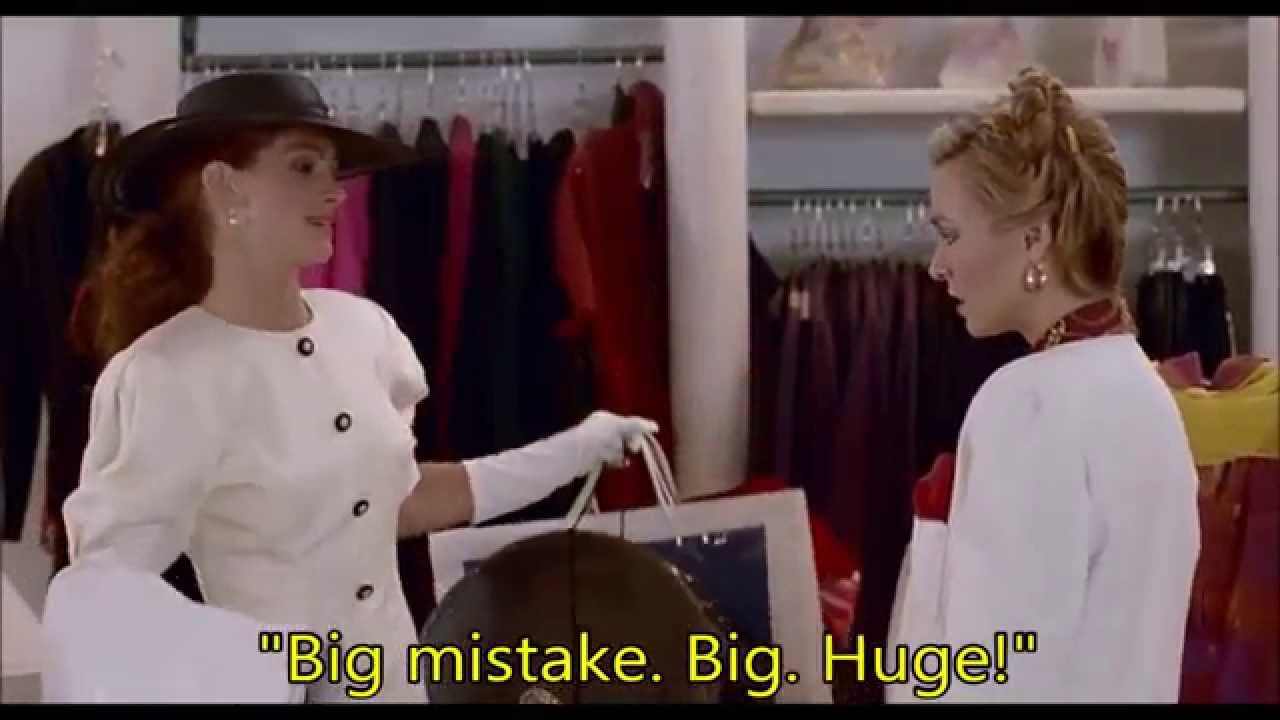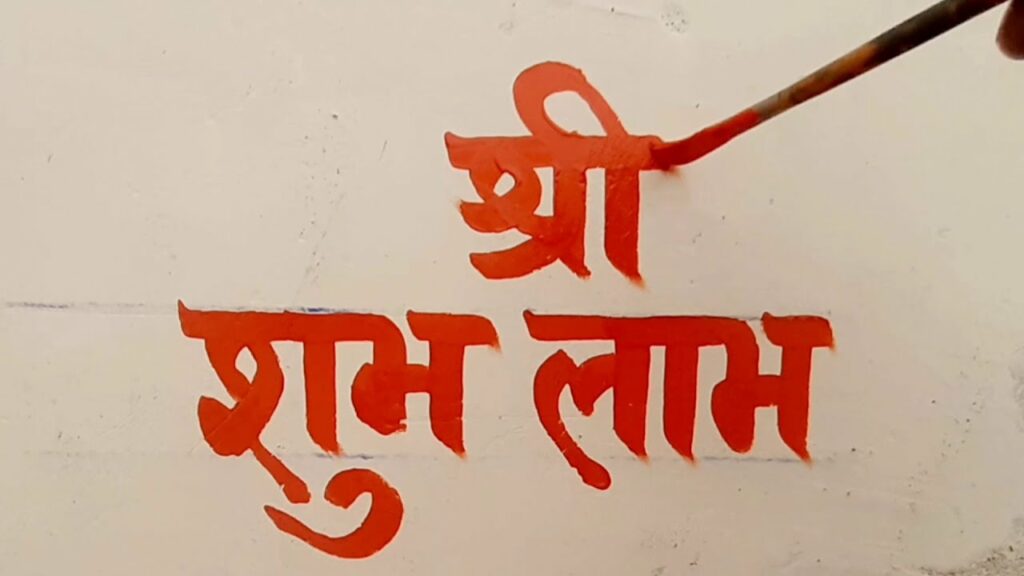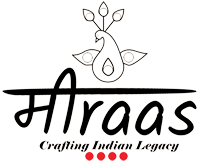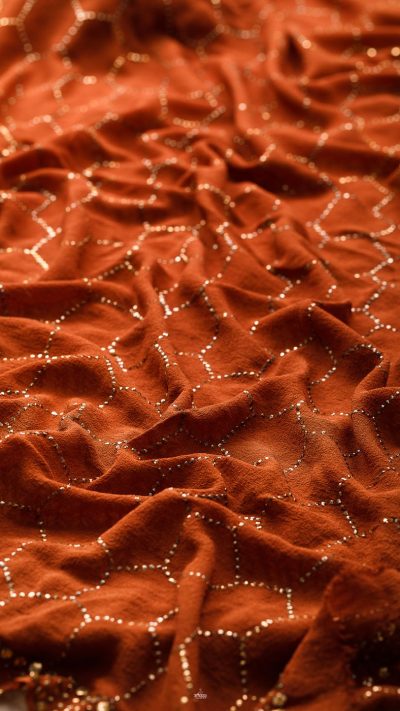Shubh Laabh: Online vs Offline Retail Conundrum
With the shopping season finally on full swing, heading right upto the wedding and festive gifting, the online vs offline retail conundrum is now more pronounced than ever.

I often read disparaging remarks about online retail, with basic genuine problems like seeing the products up close, or getting duped easily, to some flights of fancy that blame the isotopes melting, on this medium. However one of the most common remark is that it is only possible to understand a product via “touch and feel”, and that offline medium reduces impulse shopping.
As someone who has worked with Retail sector closely for almost three decades now, has handled sales on both mediums personally, and is an ex-shopaholic of both mediums, I can share some myth busters here about Online Retail
Myth: You can’t know what is inside a product unless you shop offline
Truth: You can’t know that unless you yourself are sitting and manufacturing the product, irrespective of the medium. In Online, the bigger brands have to at least declare their components and manufacturing in written. No such assurance can come your way offline.
Myth: Touch and Feel ensures best results
Truth: Use and re-use will ensure that, irrespective of the medium. Only when you use something, you can know how good it is. What you should look for is a willing salesperson, ready to take your questions, and address them, irrespective of the medium.
Myth: Online is overwhelming, you can make sounder judgement offline
Truth: Online WAS overwhelming when it first came. Naturally the convenience of a click made things way easier back then. But everything evolves, and so do consumer habits. Offline can be extremely overwhelming in its own way. Here are some classic overwhelming traps of Offline retail:
(i) Revenge Purchase: Remember the Julia Roberts Hollywood Boulevard scene in Pretty Woman? The store manager snubs her. She revenge purchases in the next store, comes back to flaunt and leaves with her classic line “Big Mistake!! Big!! Huge!!” How many times have we loved to throw that and feel arrived, only to realise that we purchased something we did not need.
Do you remember the episode in Friends, where Monica buys extremely expensive boots, and on Chandler’s shock at the bill says, “The girl in the store didn’t think I could afford them.” Well she couldn’t, and it proved to be a bad purchase. What was this trick? This is a classic offline Retail Manoeuvre called – Snob Effect – a microeconomics term, this trick pushes people to buy out of duress of being judged. In Online, a more prudent decision can be made, without falling prey to Snob Effect.


(ii) Vidi, Veni Vici or as I like to call it “Aaaya hoon kucch to le ke jaunga”: You take the effort to dress up, take out time from your schedule, battle traffic and parking woes, not to reach a store and then come back empty handed and sing “Khaali haath shaam aayi hai”, right?! Unless the store is a stone’s throw away from you, if you have travelled all the way, you invariably shop.

This is propounded when you visit a store many times to browse, and don’t shop.
You are saved from this hassle in Online retail, and can plan your purchase by browsing as many times as you desire.
Myth: Vocal for Local is possible when you see product up close
Truth: How exactly? One of the most loved hashtags by Sustainability warriors is Vocal for Local. They assume they visit a Co Operative, semi autonomous outfit, or a Haat Bazaar, and that is 100% Local. In contrast, big online platforms have to declare if their manufacturing is India base or Chinese, as mandated by the State Regulations. This helps anyone make a more informed choice.
Click on the products of any big website store (vases, home décor, gifting), they have to declare country of origin. This happens offline on asking too, but Online is more foolproof in this respect, provided one looks beyond the “delicious” price point and the “shiny” look.
Myth: Online works on Discount Model and this induces sales.
Truth: Only for large e-tail giants, and that was also a manoeuvre in the nascent stages of the medium. As this medium of sales is evolving, more websites are coming up that offer differentiated products, and provide/not provide discounts accordingly (Meiraas does not, we believe in developing TRUST as a currency instead).
Discount is a major inorganic sales tactic, that has been pushed down via American model of Retail.


It is a complete eye wash, and offline medium induces more impulse buy in this respect.
In online, while discount still dangles a large carrot, the evolution of buyer behaviour also happens faster, as the medium is dynamic, and quick access to reviews results in maturing the market faster.
Myth: Online sales is not eco-friendly due to excess carbon footprint
Truth: Kindly ask anyone who is making this statement to back this claim with hard data. We have not yet developed a technology to Appear and Disappear inside retail stores from thin air. One still has to travel via a mode of transportation.
Not all offline stores provide recycled packaging.
The above points clearly outline the extent of Impulse purchase offline can induce.
Whether we like it or not, Online shopping is the Future now. It is pointless to resort to knee jerk, impractical reactions, and instead think of ways to recycle packaging as many ways as one can.
Online Retail has given wings to many fabulous small scale ideas to emerge, who could not do this earlier, as they lacked the capital to set up a Real Estate store. Surrendering completely to Offline, will again push the market into a monopoly with no fresh ideas emerging.
Having stated the above, I am not implying that offline retail has no merits. There is a certain experience of Luxury that is provided via Offline medium, which is tough for Online to deliver, but the latter is evolving to Live streaming and personalised video calls to bridge this gap.
I hope you will like this opinion piece I have put together over months of deliberation and research basis my personalised experiences, and industry knowledge, and hopefully this will help you strike a fine balance between both mediums.
SHUBH LAABH on this note.

The author is a Commerce and Economics student and has worked on Retail as a sector since 1997. Her Diploma Project in 2002 was on Retail Industry, for which she closely worked on reports of KSA Technopak. She has handled advertising revenue of the topmost Global and National brands for almost two decades and deeply understood retail pattern across sectors like Telecom, Home Appliances, Education, Lifestyle, Aviation, F&B, etc. She started her own retail enterprise in Fine Handcrafted Textile in 2017 to come to a well rounded conclusion.
















Add comment
You must be logged in to post a comment.